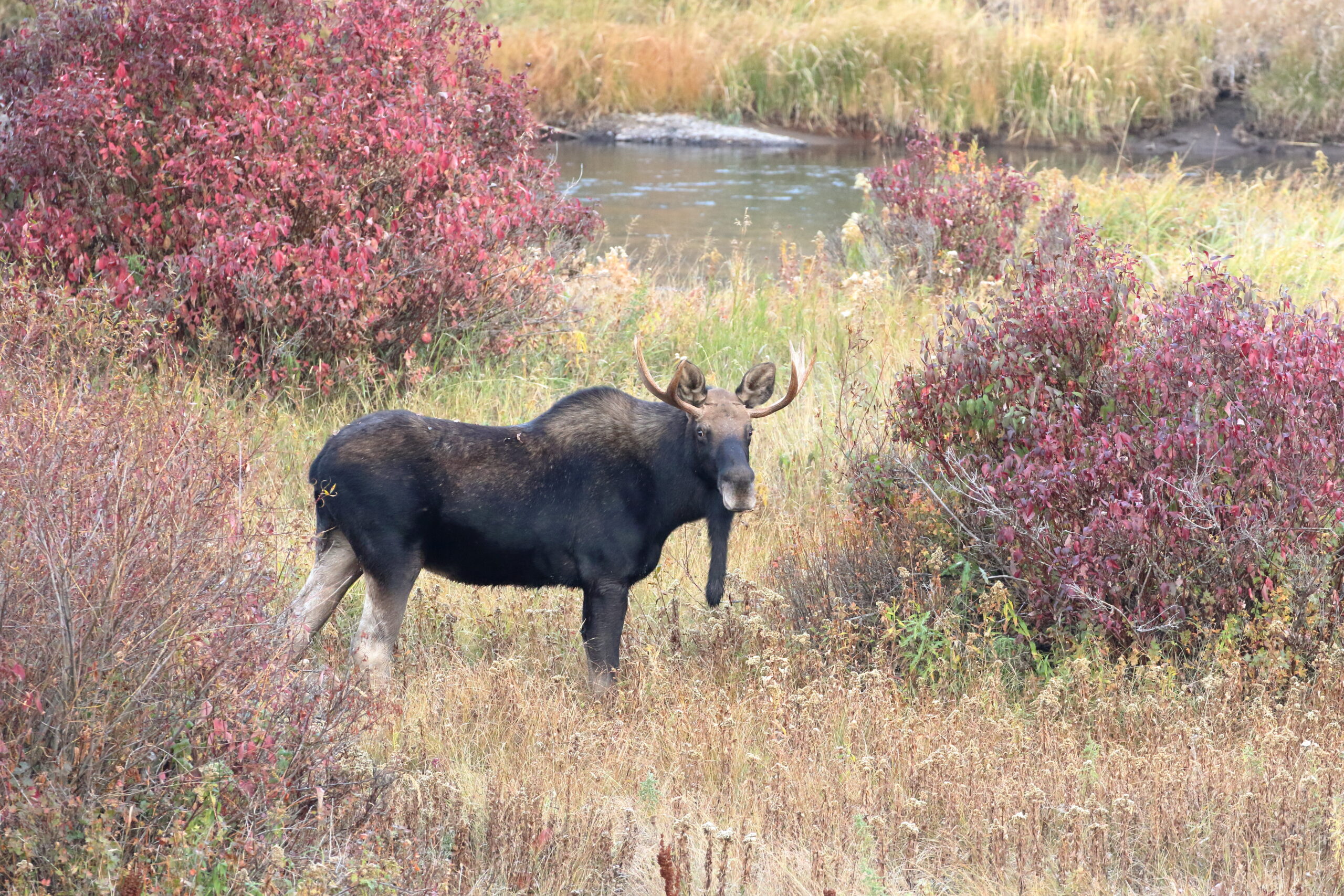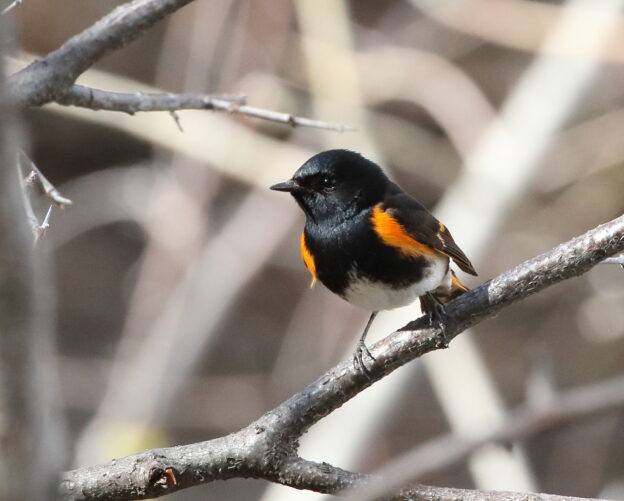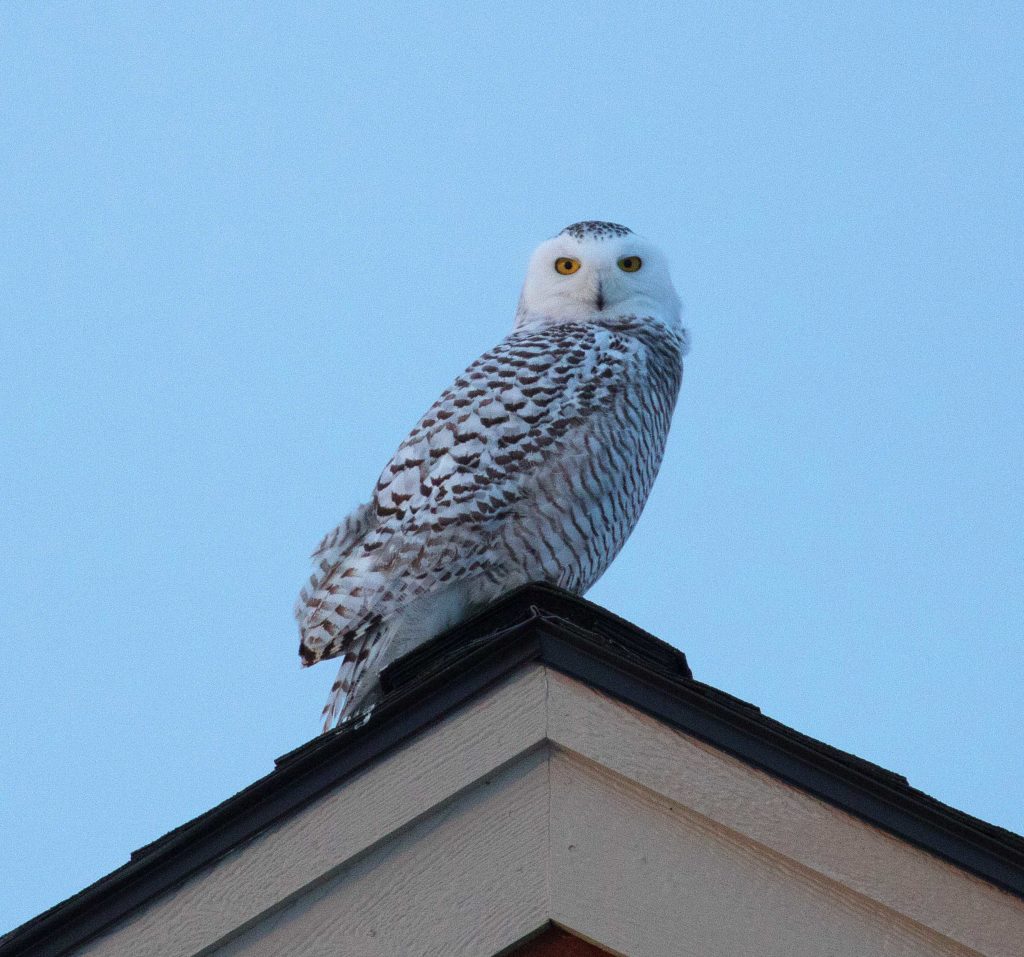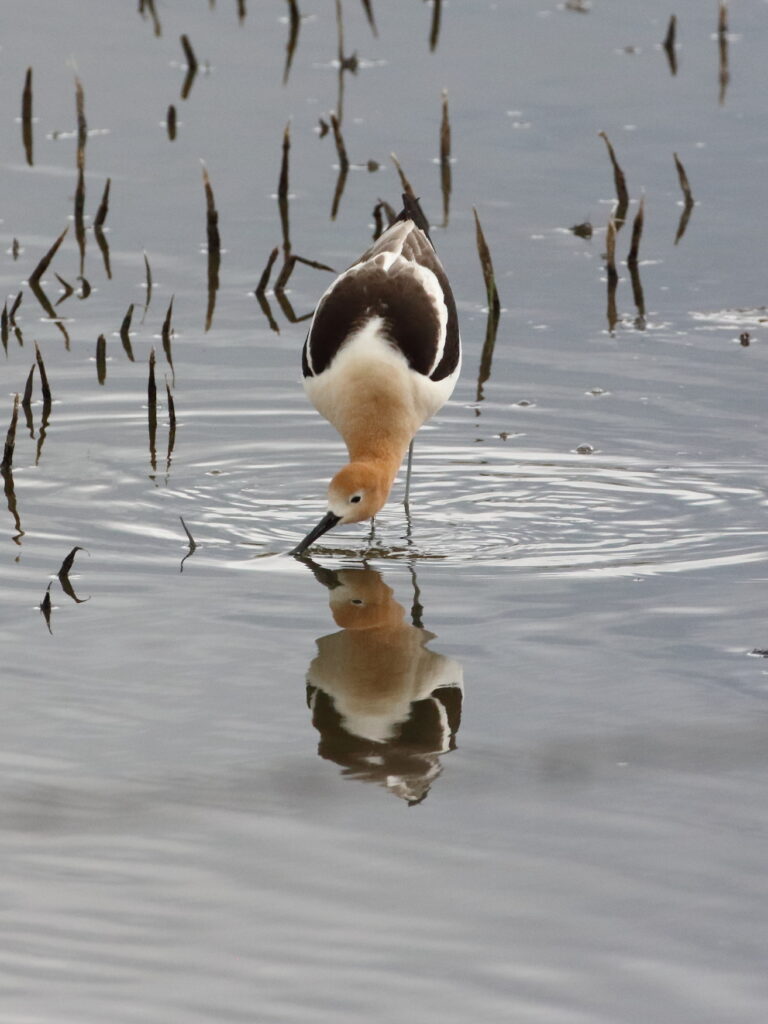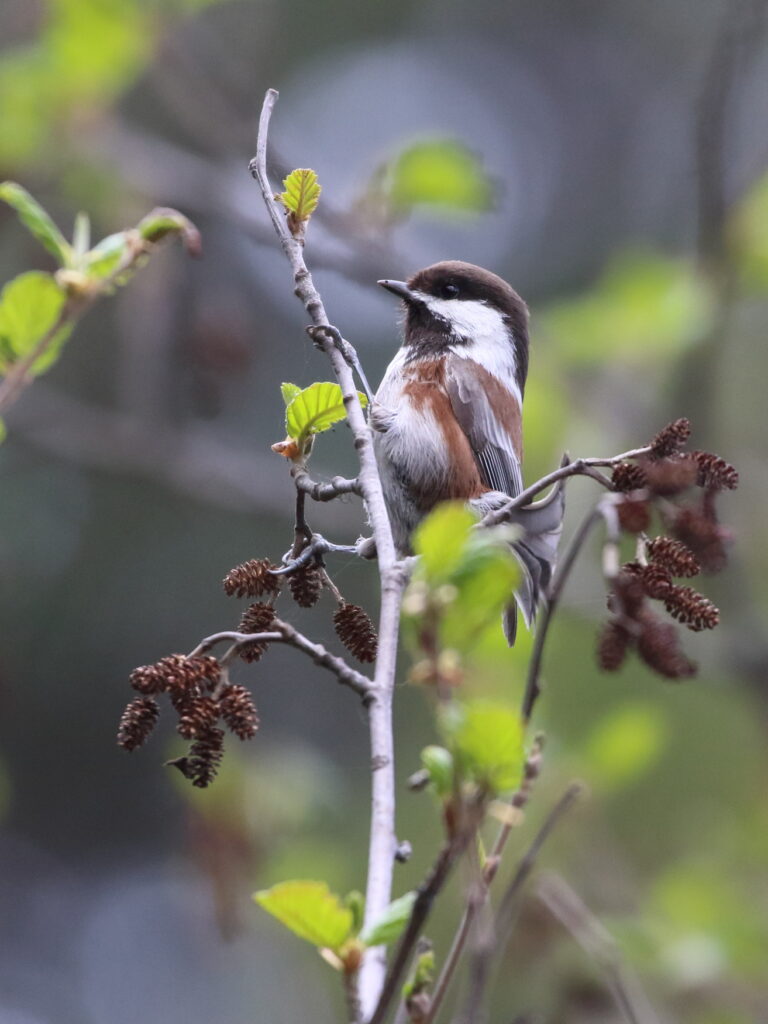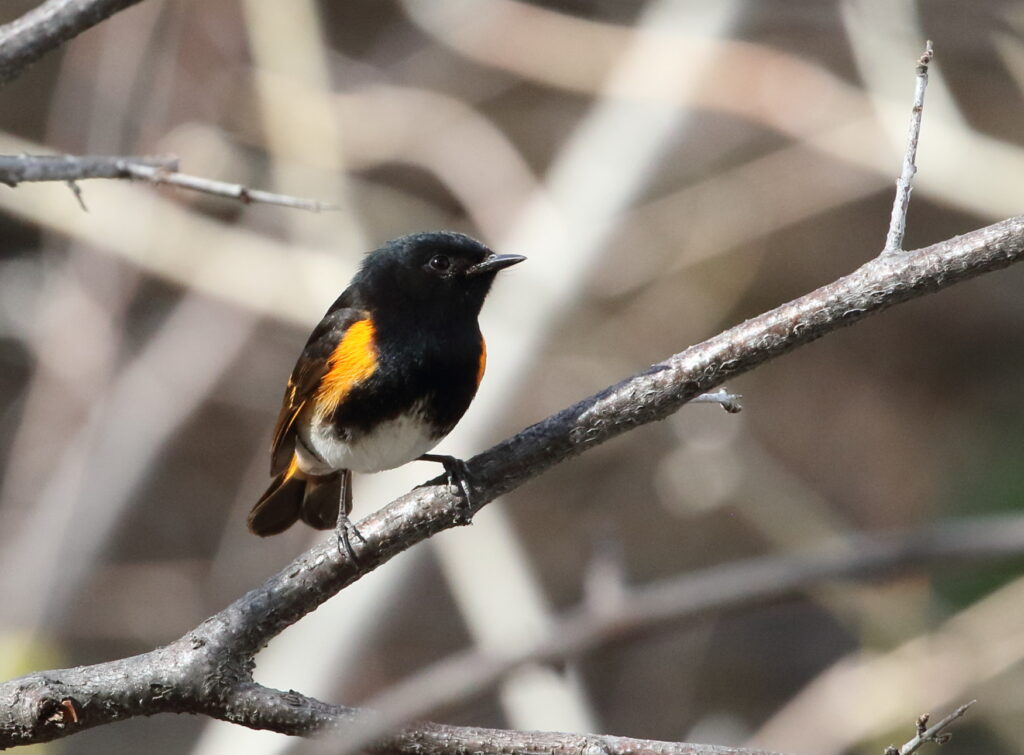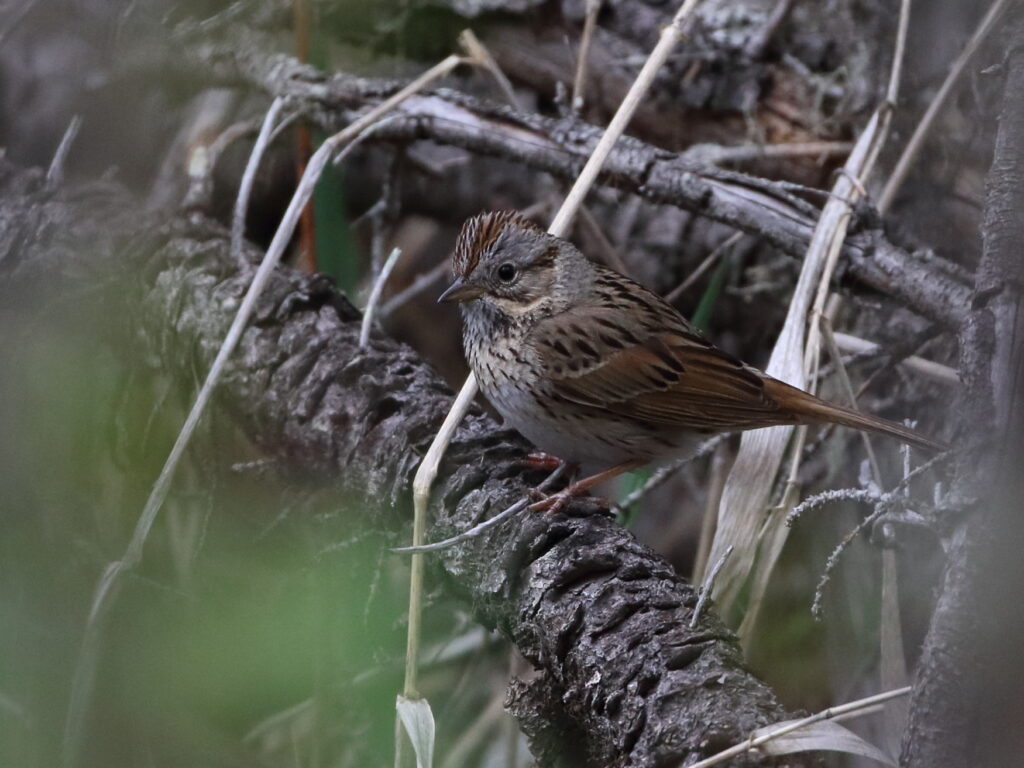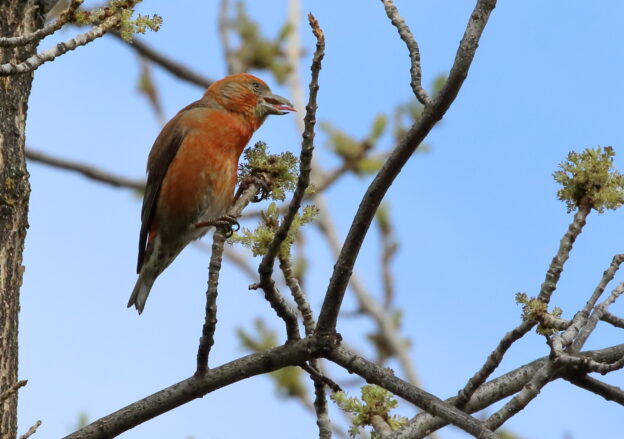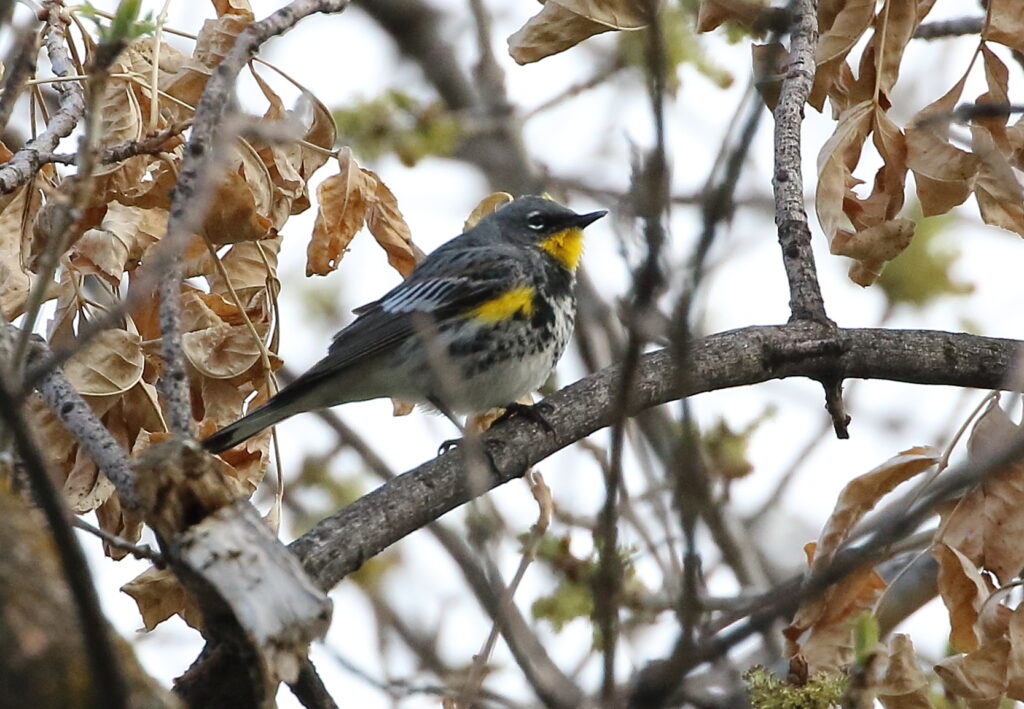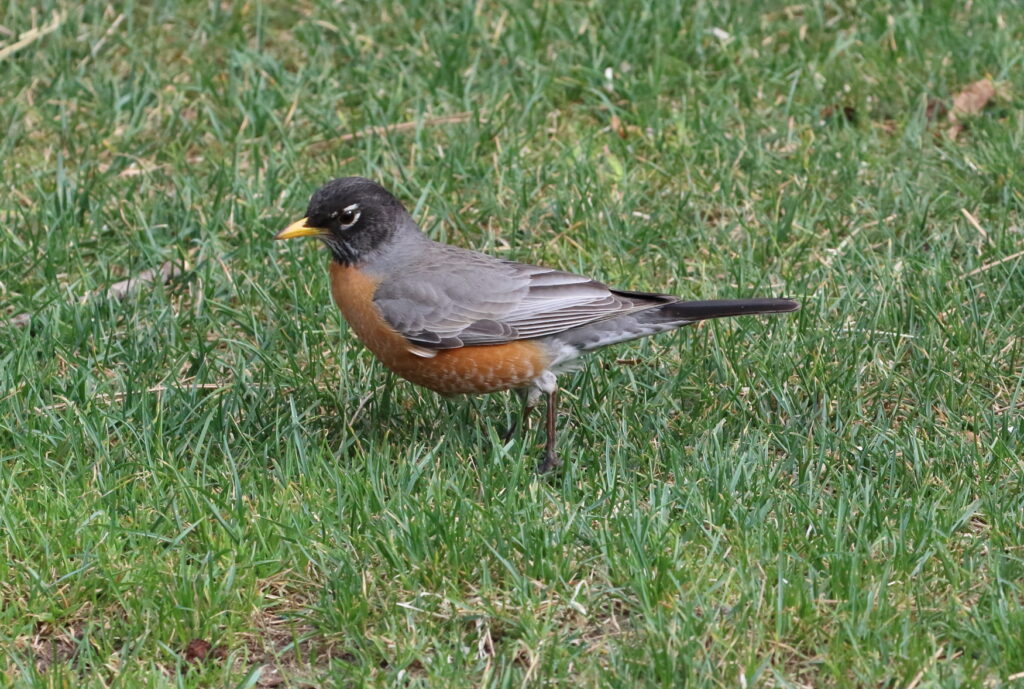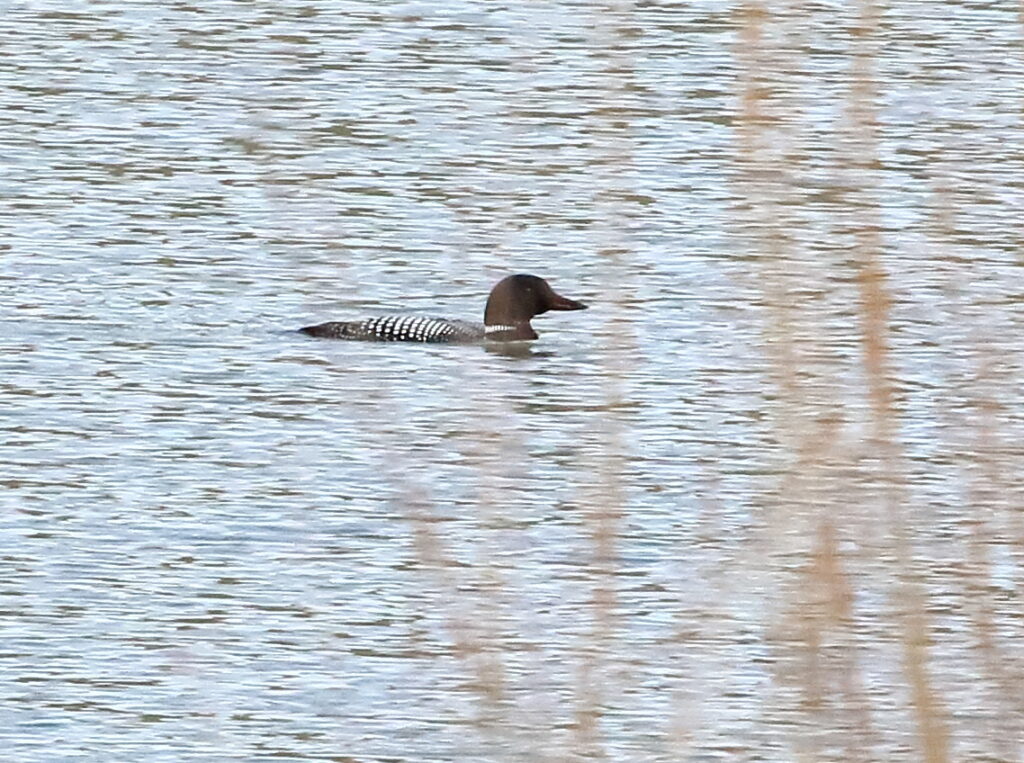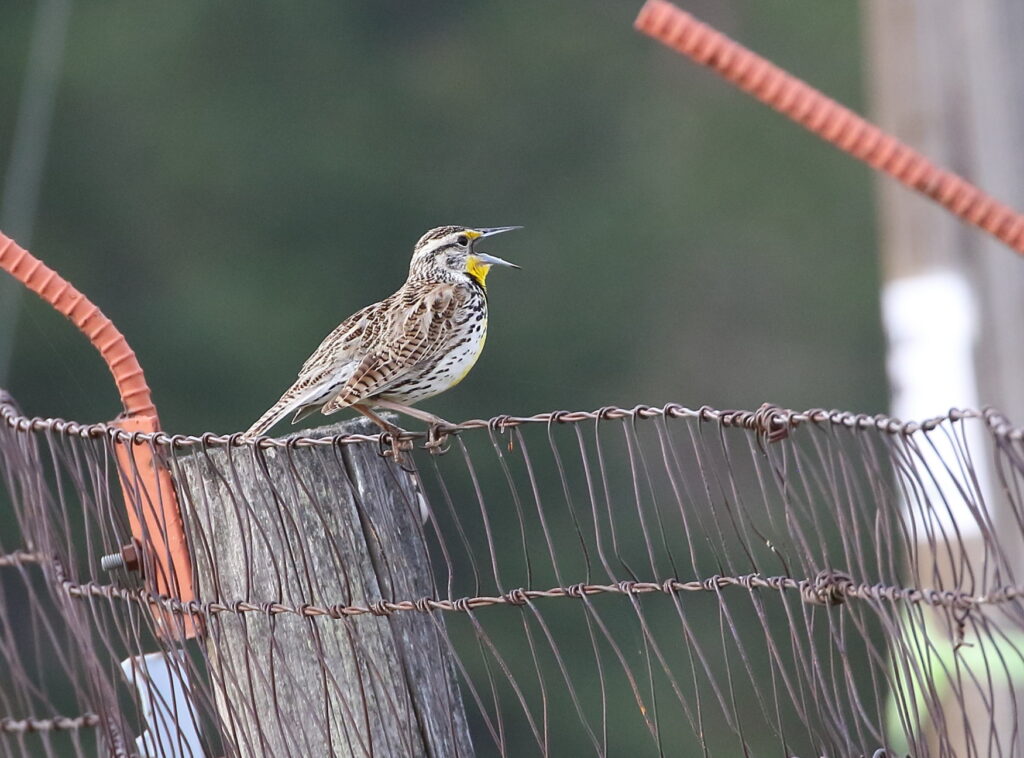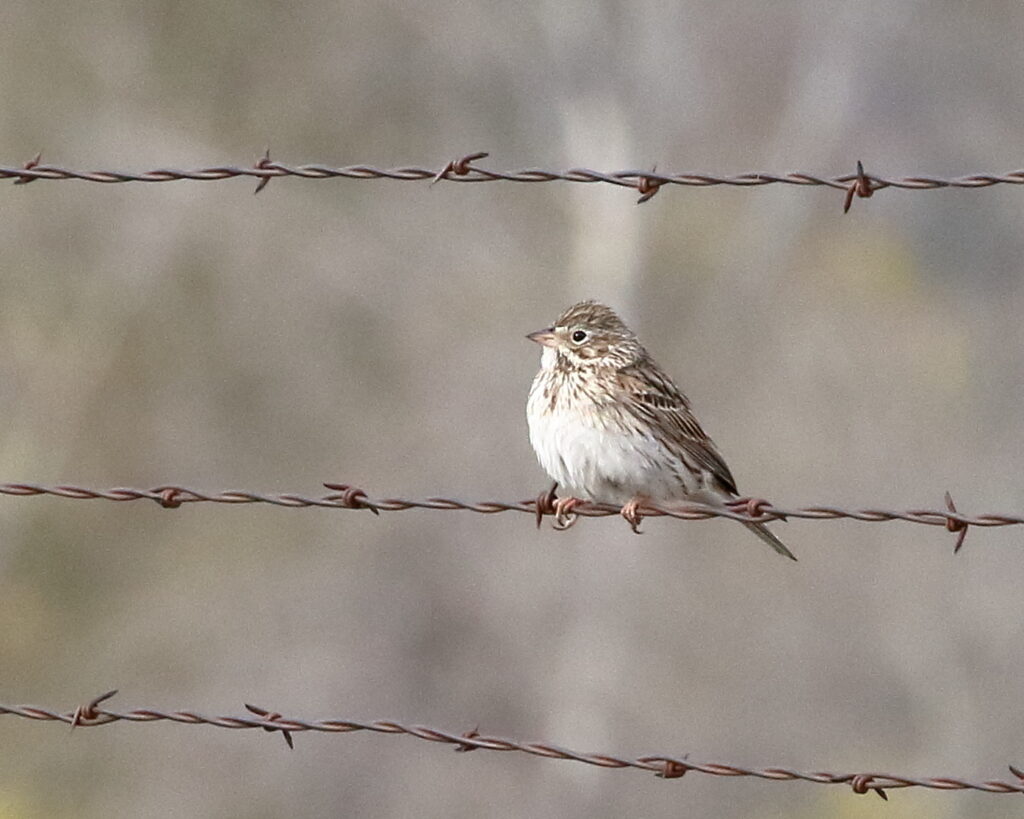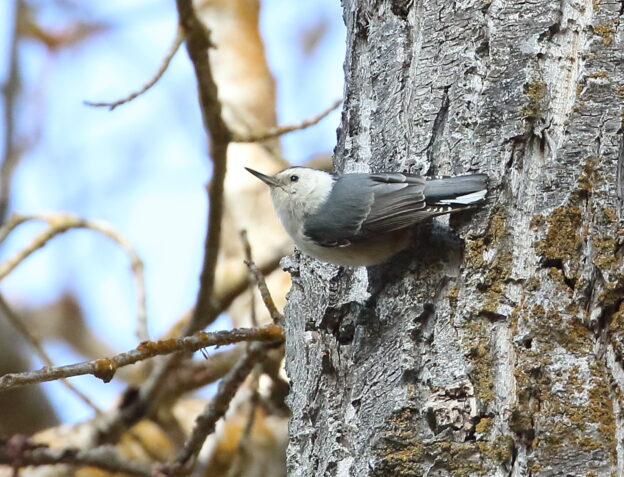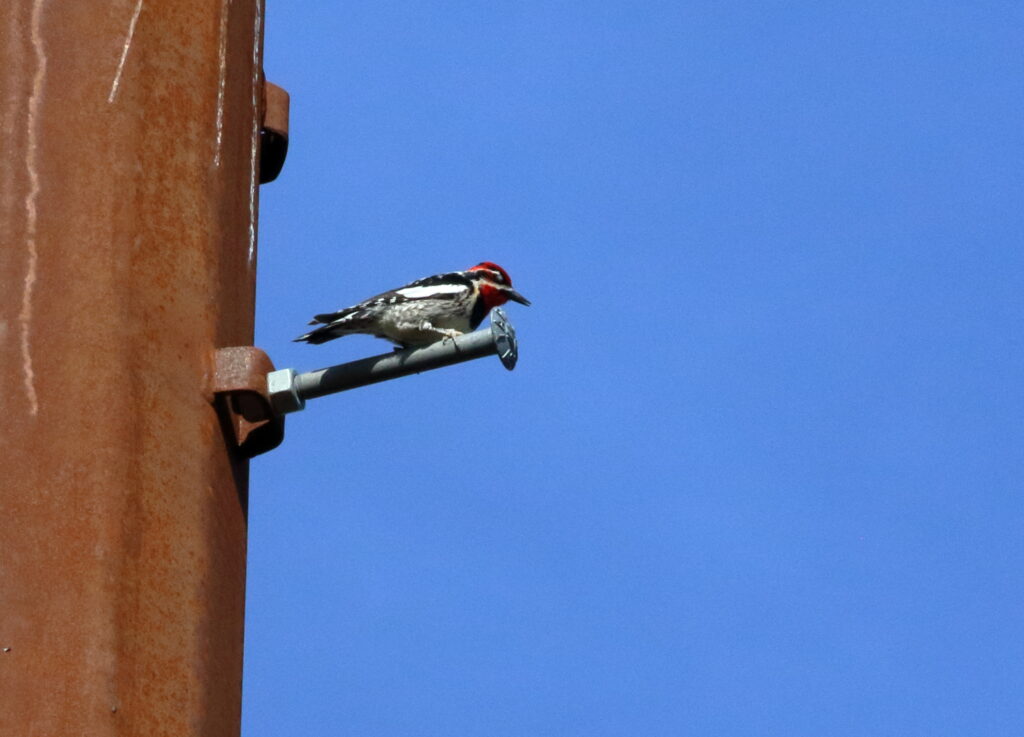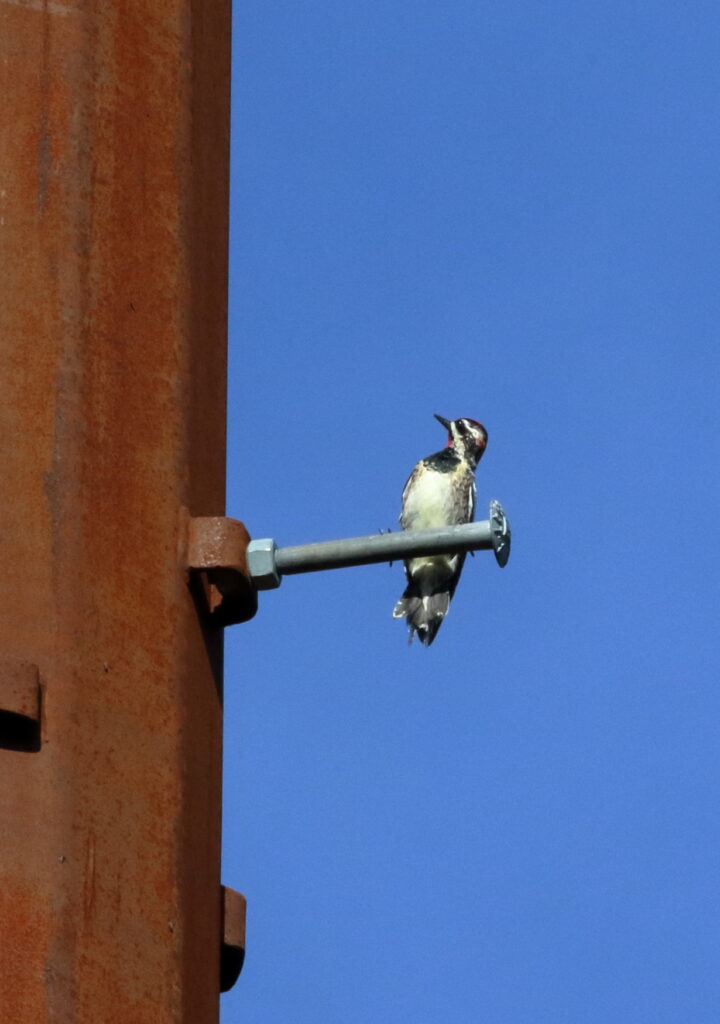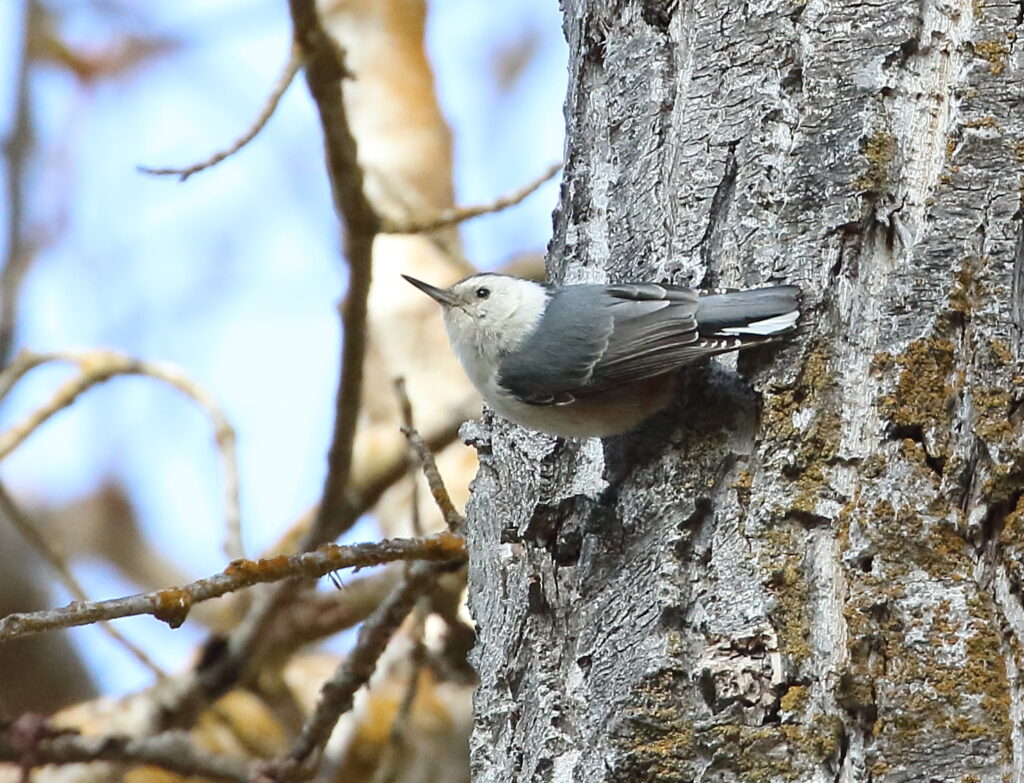Like our blog? Please share and spread the word!
“eBird really needs to add a checklist for mammals!” I tell Braden for the 58th time. What has prompted my sudden outburst? A marmot scurrying off the road in front of us. The truth is that the past seven years of birding have led us to an amazing number of mammal sightings in Montana and beyond—mammals we wouldn’t otherwise have seen if not for birding. Sure, we’ve observed the usual pronghorn, elk, deer, and bison by the hundreds, but it’s those smaller, cooler mammals that I most remember.

Let’s start with moose. Okay, they’re not smaller, but they are way cool—so cool that we remember every single moose location we’ve encountered, from the burn area around Lincoln to the meandering creek near Philipsburg. Coyotes rank similarly high in the mammal standings, whether they be trotting around one of our favorite birding hotspots, the Gravel Quarry, or galloping hell-bent-for-leather across the grasslands of Bowdoin National Wildlife Reserve like the one we saw last week.

Some mammals, though, deserve special honors. For years, I’d been griping about never seeing a live porcupine—a fact that astounded me given how many dead ones I’d spotted over the decades. Shortly after covid hit, however, Braden and I were driving into the Lee Metcalf NWR when I noticed a suspicious shape balled up on a bare branch right above the road. “No, it isn’t. It couldn’t be . . . “ I gasped. It was. A live porcupine. Finally!

A few weeks later, I was hiking up a trail about a mile from our house looking for a Three-toed Woodpecker that Braden had found. Suddenly, a long white shape climbed up onto a rock not twenty feet from me. I stared and it stared back—though not with its mouth open like mine. It was a short-tailed weasel, by far the best look I’d ever seen! And as a bonus (and disadvantage for the weasel), it wore its mismatched winter coat against the snowless ground, demonstrating up-close-and-personal the threats animals face from global warming.

Our mammal list also includes numerous red foxes, bighorn sheep, beavers, hares, otters, mountain goats, bats, muskrats, whales, dolphins, monkeys, raccoons, black and grizzly bears, seals, prairie dogs—even a bobcat in Aransas NWR and our first-ever javelinas down in Texas. And that’s not even mentioning the beluga whales, polar bears, and walrus Braden has seen on nature trips with his grandparents. I admit that we still have never glimpsed a wolf, lynx, wolverine, or thylacine—but we hope to.
Which goes back to my original point: Can’t eBird add a basic mammal checklist, at least for the ABA area? In no time, they’d be collecting millions of invaluable data points for scientists and conservationists. Plus, it would be a lot of fun. I know. I know. Some of you are saying, “Use iNaturalist!” I hear you—but I’m never going to. One app is plenty for my curmudgeonly brain. So what say you Cornell? Are you game—and not just Big Game? I and millions of other birders are waiting!

